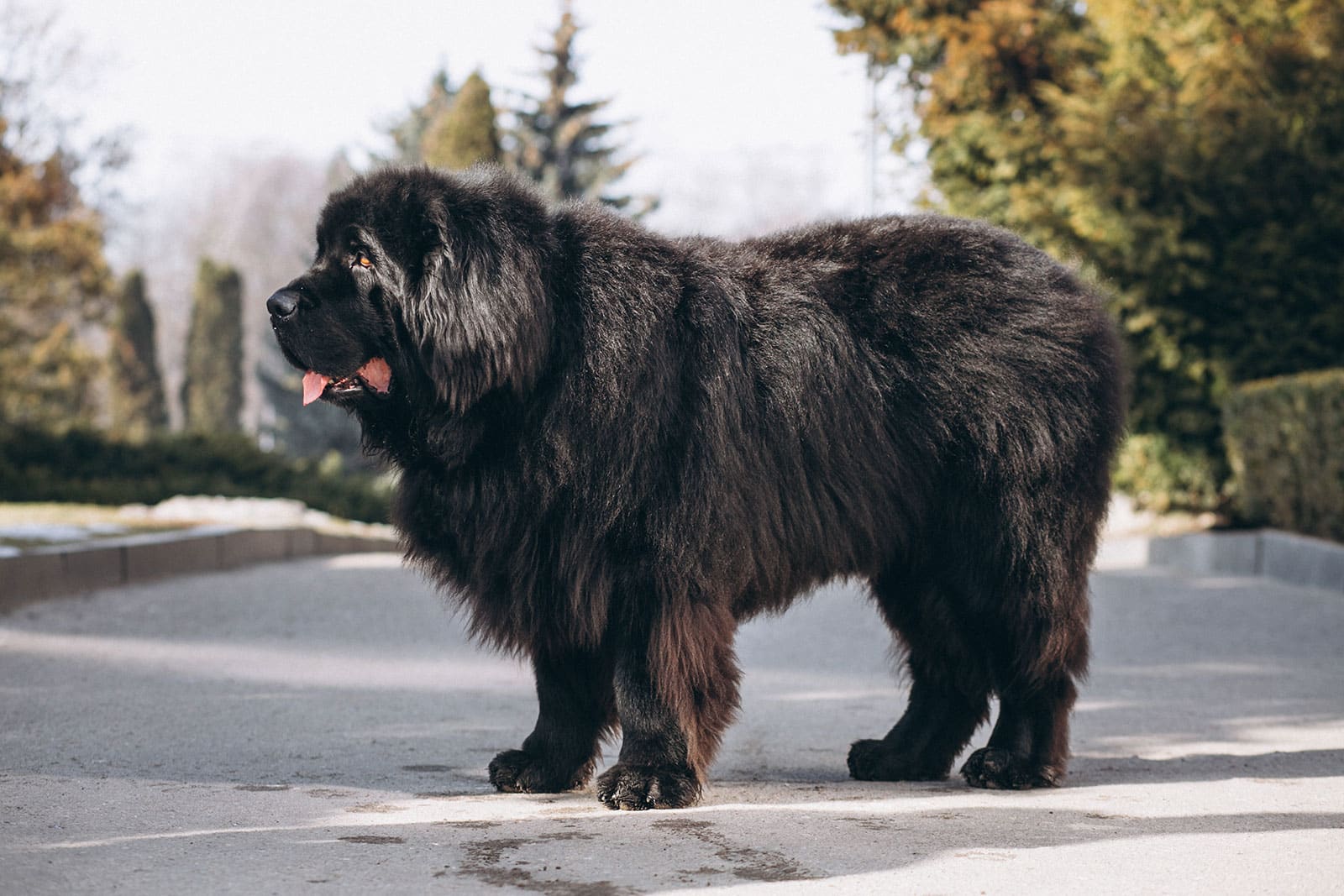Dogs get Delayed Onset Muscle Soreness (DOMS) too

Delayed Onset Muscle Soreness (or DOMS) is a condition which effects muscles, one to two days following strenuous activity and is a condition that can be observed in not only humans but also dogs, cats and horses. It differs from an injury that takes immediate effect as a result of trauma, instead presenting some time after the exertion has taken place and the elevated body circulation and associated bio factors have dissipated. It is believed to be caused by micro-fractures occurring throughout the cells of muscle tissues that support the function of activity.
Signs of DOMS to look out for
Determining the presence of DOMS can be difficult in that symptoms present similarly to more serious mobility conditions affecting the joints, tendons and ligaments. Stiffness, reluctance to move and reactivity to pain are common in many conditions that can impact canine health, however the most distinguishable trait to recognise DOMS is not only the delayed onset of symptoms but also their disappearance within a day or two of them presenting.
Typically, if allowed enough time to rest before revisiting the strenuous activity, the muscles will develop tolerance to the exertion and the dog will become physically fitter as the micro-fractures are healed with newer, stronger muscle cells. Swelling in the affected area is also common in dogs suffering with DOMS. Signs that are observed outside of these parameters may require further investigation to rule out more serious ailments.
DOMS Treatment
Thankfully, DOMS does not require extensive treatment. Rest is the primary consideration to allow healing of the muscles to take place. This can be aided with means that increase blood flow to the affected areas which may include gentle palpation, warm compresses and gentle low impact exercise. Many dogs will overlook pain when they become excitable and adrenalised so it is best to make changes to their routine that allows for them to remain calm. This may include limiting outings where they could encounter other dogs or bringing them inside from outdoor play and delegating them to a quiet comfortable area.
Prevention and Management of DOMS
The key to DOMS management is gradual fitness conditioning. Exercise and activity should be increased at a rate of less than 10% per week, particularly in sport and working dogs that are trained to regime. Whilst it isn’t entirely preventable for some dogs as their enthusiasm will overtake their self-preservation, recognising and regulating the activity is shown to allow better progress. Lengthening the duration of both warm up and cool down is also beneficial when preparing training efforts.